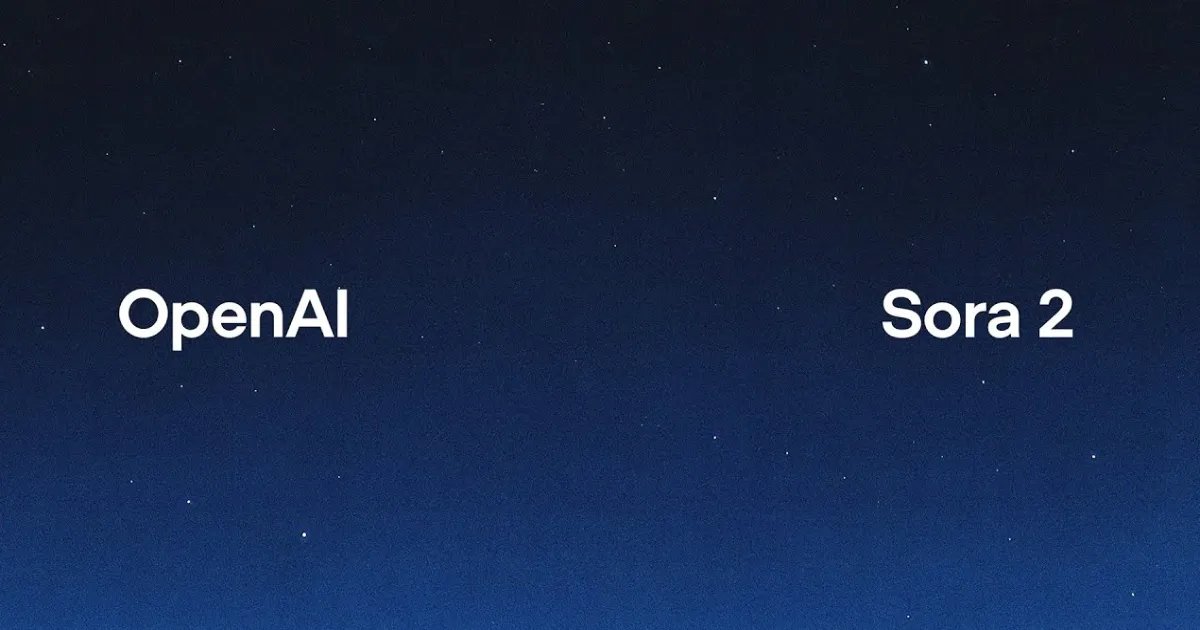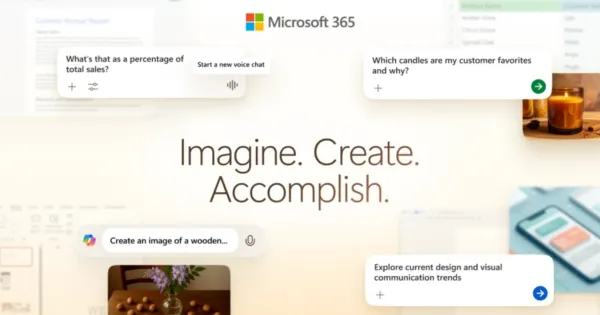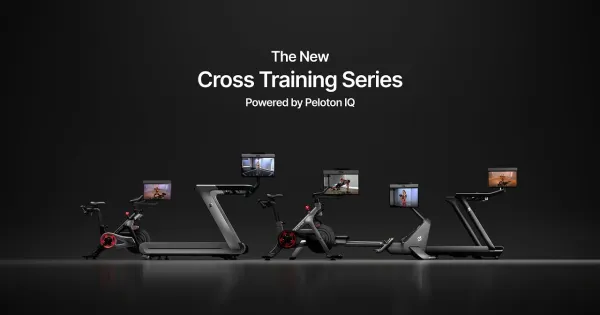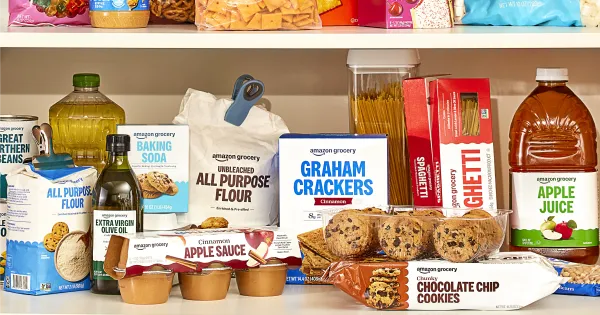OpenAI launches Sora 2 and a TikTok-style app with AI cameos

On Tuesday, OpenAI unveiled Sora 2, its next-generation audio and video generator, alongside a new social app simply called Sora. The dual launch marks the company’s most ambitious move yet into consumer-facing media platforms, blending cutting-edge generative AI with a TikTok-style feed designed for sharing short, AI-made clips.
The new model builds on last year’s Sora, boasting major improvements in realism and physics. In a blog post, OpenAI highlighted how Sora 2 avoids the “overoptimism” of prior video models, which often bent reality to fulfill a prompt. Instead of teleporting basketballs into hoops, for example, missed shots now bounce realistically off the backboard. Demonstration clips include beach volleyball rallies, skateboard tricks, gymnastics routines, and diving-board cannonballs, each showing a stronger grasp of real-world physics.
Cameos: Upload Yourself Into AI Scenes
The most distinctive feature of the new Sora app is “cameos,” which allow users to upload a one-time video-and-audio recording to capture their likeness and voice. Once verified, they can insert themselves—or grant permission for friends to insert them—into any Sora-generated clip. That means users can co-star in AI videos with friends, all created directly in-app.
OpenAI argues that cameos make Sora 2’s capabilities more personal and social:
“We think a social app built around this ‘cameos’ feature is the best way to experience the magic of Sora 2,” the company wrote.
TikTok-Style Feed and Safety Concerns
Once created, videos can be shared in a TikTok-like feed inside the app. OpenAI says recommendations will draw on a mix of user activity, location data, past engagement, and even ChatGPT conversation history—though this last factor can be disabled.
Parental controls, integrated through ChatGPT, allow adults to limit infinite scrolling, restrict algorithmic personalization, and manage messaging permissions. However, OpenAI notes their effectiveness depends on parents’ technical savvy.
The company has also pledged strong safety measures, given the risks tied to AI likeness-sharing. Even with revocable consent, users granting friends cameo access could still see their likeness misused. The broader challenge of non-consensual AI-generated videos—already a significant online harm—remains a looming issue for the platform.
Access and Monetization
The Sora iOS app is available now in the U.S. and Canada, with broader international rollout planned. The platform is currently invite-only, though ChatGPT Pro subscribers will be able to test Sora 2 Pro without an invite.
At launch, the app will be free, with monetization limited to charging for extra video generation during high-demand periods.
A Competitive Moment
OpenAI’s move into social video comes as competitors are racing into the same territory. Just last week, Meta added a TikTok-like short video feed called “Vibes” to its Meta AI app. With Sora, OpenAI isn’t just offering another content generator—it’s aiming to create a platform where generative media is as shareable and addictive as social video already is.
Whether the company can balance innovation with safety—and convince users to embrace AI cameos—will determine if Sora 2 becomes a hit or another experimental side project.





